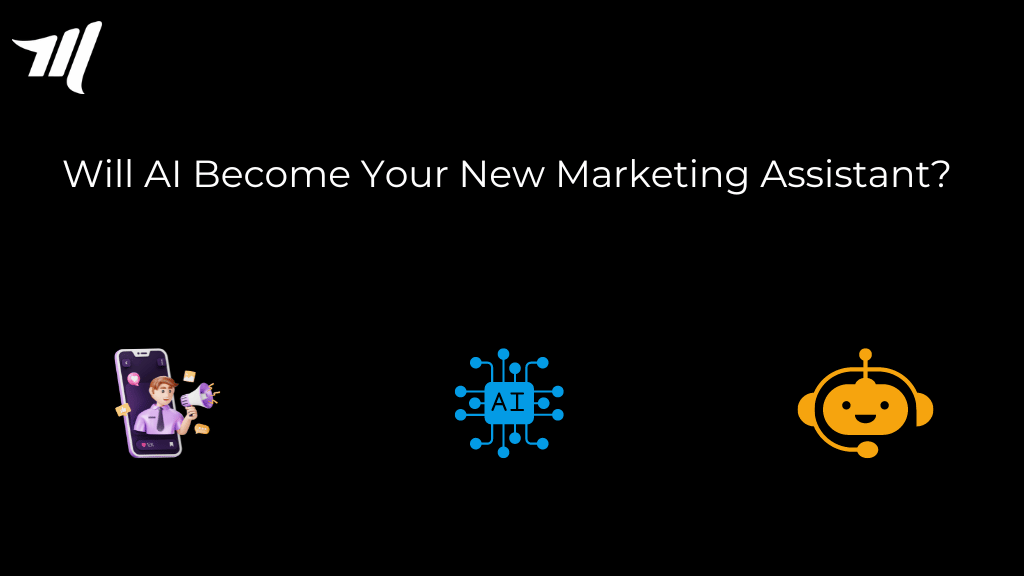In the ever-changing marketing world, one technology stands out as a potential linchpin: Gen AI. Revered for assisting businesses in moving further, quicker, and more efficiently, can it also hold the key to a new method of creating innovative campaigns?
Gen AI: Making sense of the madness.
During the interview, Longacre discusses a paradigm change in the Gen AI environment. Moving beyond experimenting, businesses are establishing strategic paths, and finding areas where they can truly make a dramatic effect.
“In the last several months, there has been a significant movement that is favorable. Instead of ‘let’s simply test different things’, it’s now ‘let’s develop a Gen AI strategy’. They want to discover areas where Generative AI can make a significant difference and move the needle. They want to invest in those areas, whether it’s eCommerce, operations, or creative; they want to come up with and test viable concepts. If they work, that’s excellent. They’ll aim to start commercializing them. If they don’t, that’s OK; they can pivot and try something different.”
As a fellow marketer, consider the future of artificial intelligence.
Williams discusses how Gen AI is excelling as a marketing assistant of sorts. “Amazon Q is a new sort of generative AI-powered assistant that can be used for work-specific chats, issue solving, and content generation. It takes advantage of the data and knowledge stored in your company’s information repositories, such as codebases and enterprise systems.
“You could utilize Q to:
- Learn a brand’s style guide, then
- Use that information to convert a press release into a blog post that meets those requirements, then
- Analyze how a brand appears on social media, then
- Create fresh content around such releases that will make sense to followers.
- Analyze the outcomes of these postings, and lastly
- Summarise them for evaluation by teams.
“It’s almost like a self-fulfilling loop of incremental productivity that’s happening as a consequence of exploiting some of the generative AI capabilities that come into use as a result of a bot but are integrated into the systems and data that your company organization controls. We’re still in the early stages of it, which is extremely exciting.”
Longacre identifies three ways in which marketers are using Gen AI to increase efficiency and save costs:
- eCommerce firm: This company used Gen AI to write descriptions for 10,000 product SKUs in a matter of weeks, saving them months of effort and around $1 million.
- Paid media campaigns: Paid media technologies, such as those created for Amazon Marketing Cloud, have a backdrop picture generator specially designed for creating lifestyle photographs. The findings show a surprising 20 to 25% boost in conversion rates for items displayed with lifestyle photographs compared to those displayed with a simple white backdrop. Rapidly introducing these features, verifying their efficacy, gathering findings, and then improving based on these insights is a game changer.
- Banks and finance: Artificial intelligence now generates the bank’s creative briefs, cutting back-and-forth communication with agencies by around a week.
Even with specialized strategies, businesses often face resource limitations. Accelerating the generation of creative briefs, photography, and product descriptions enables more rapid customization of on-site interactions. This shift towards customization does not need a ‘hands-off’ mode in which Gen AI runs the show. Instead, it’s comparable to a true one-on-one chatbot engagement or conversational AI.
Keeping humans in the loop with AI
Longacre emphasizes that every use case he presents has a person in the loop. That’s hardly unexpected given that we’re still in the early stages of AI, with most businesses starting with ‘human in the loop’ use cases. This is where AI creates outputs, which are subsequently approved and perhaps refined by humans. ‘Human in the loop’ use cases increase productivity while reducing hazards associated with hallucinations or unexpected results.
“Maybe the copy is being written by Gen AI, but a human reviews it,” explains Longacre. “The picture may be created, but it is not being released into the wild.
“We’re starting to see some of it, but there’s still human oversight. Even using chatbots. I mean, chatbots have existed for a very long time. The majority of them were based on machine learning. You need to know, ‘OK, when is the escalation? For certain use scenarios, where do you transition from the chatbot to a human person? Identifying this is still really important.”
Setting up your brand for success using Gen AI
In the process of developing a Generative AI strategy, Williams identifies five important factors that are important for achieving success. They are:
Tech stack: Your technology stack is critical. You should be able to explore models, test use cases, and select the best ones.
A strong, mature first-party data foundation: Generative AI relies on data to work effectively, thus you must have strong data ingestion, storage, and management skills to ensure that first-party data is reliable and as near to real-time as possible to produce accurate model outputs.
Human oversight: You still need the person in the loop to ensure that what you expect happens and that there are no abnormalities.
Artificial intelligence-specific analytical skills: To leverage AI, you must be able to comprehend and properly apply AI model results. You must ensure that your personnel are well-versed in how the tools function and how to best use the data.
Consider redesigning current processes or workflows to make use of General AI.
Start small using AI to get big results
When it comes to implementing AI, my recommendation to companies and organizations is to start small. I would start with a modest use case that is very quantifiable and does not necessitate significant modification. Clients we deal with have found a lot of success with subject line optimization, email body optimization, and paid media advertisements. Because a human may be involved in the process, this is an excellent chance to experiment with alternative segmentation tactics and messaging.
Source- Marketingtech





